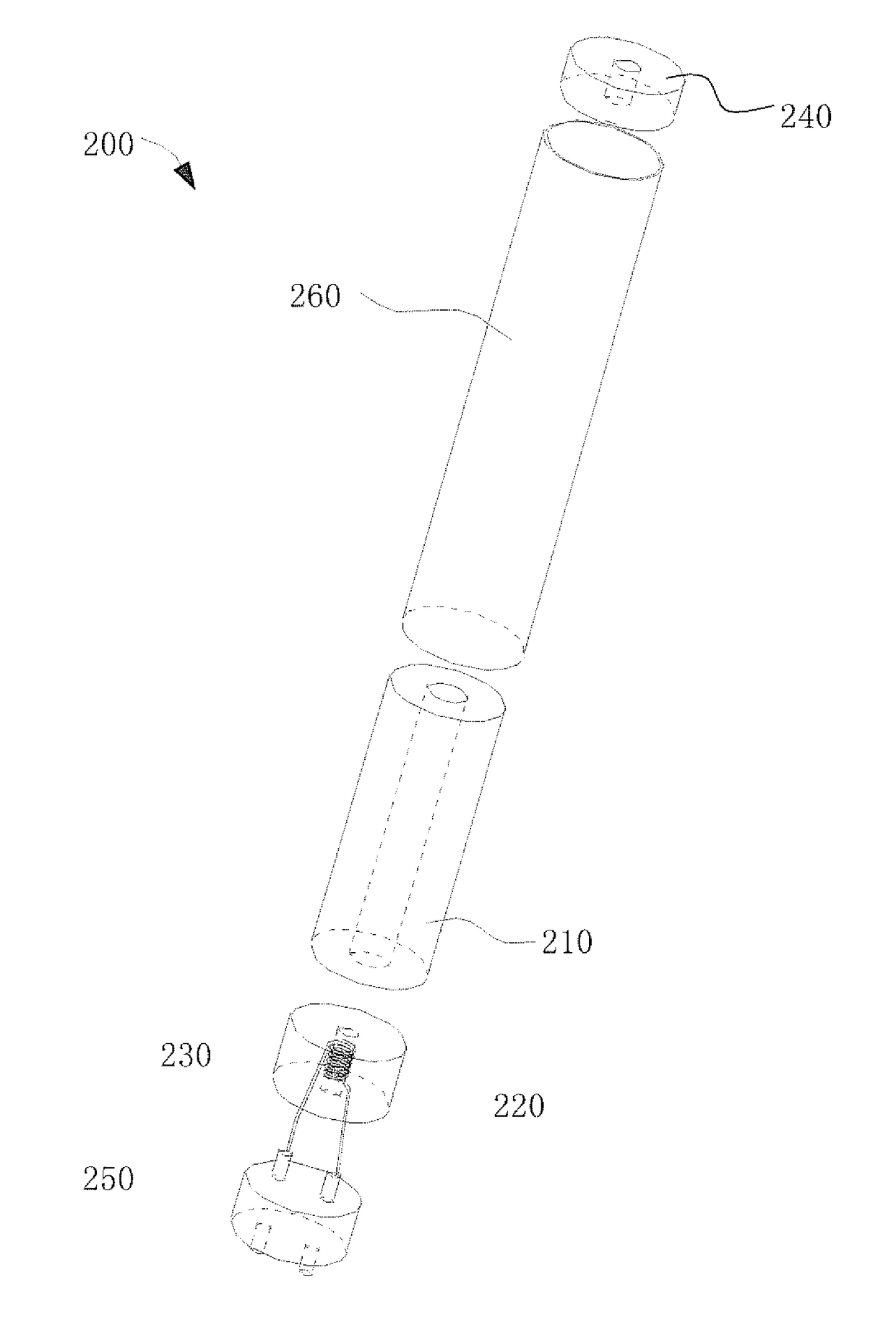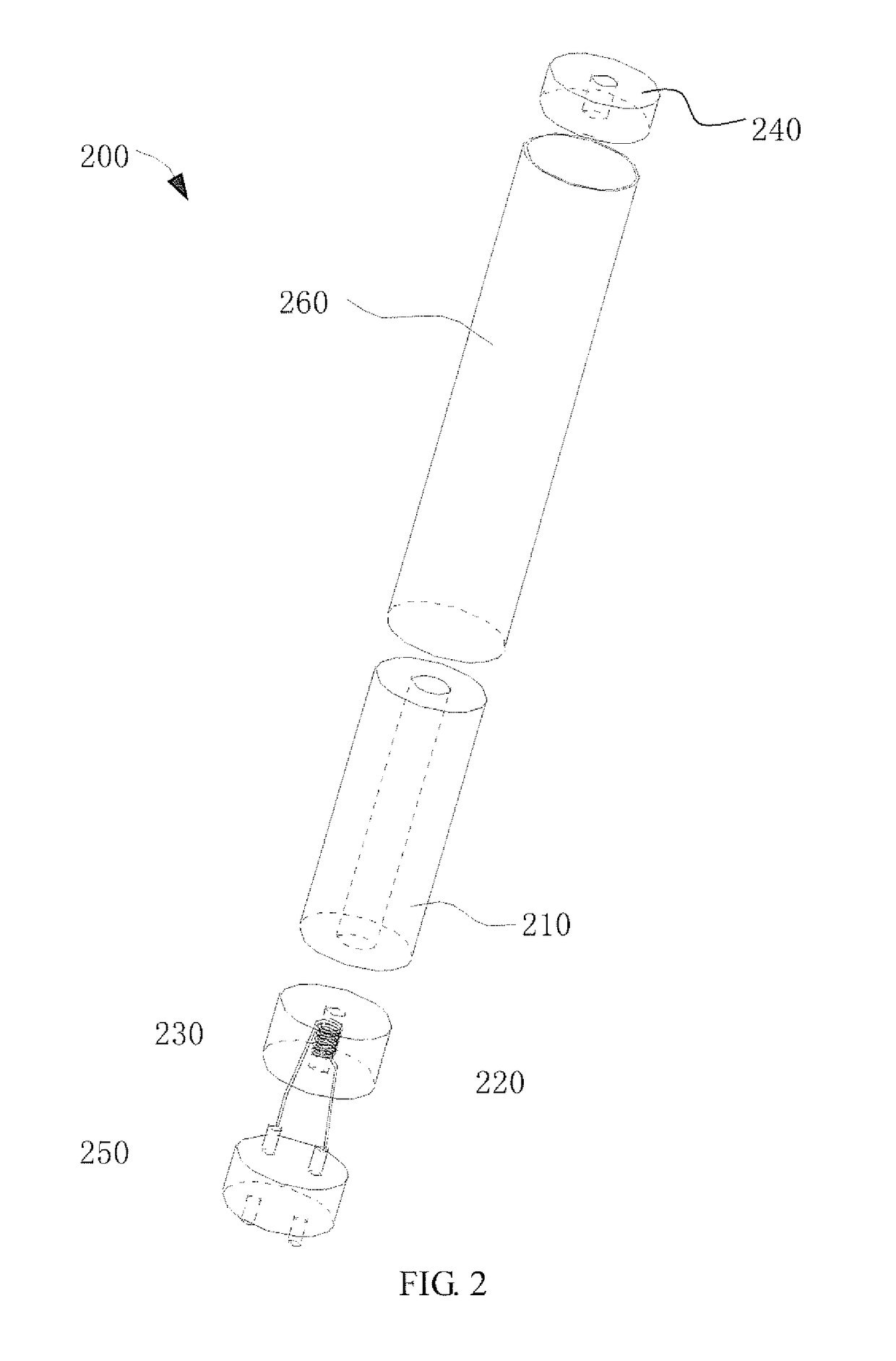Porous ceramic material, manufacturing method and use thereof
a manufacturing method and ceramic material technology, applied in the field of porous ceramic material manufacturing, can solve the problems of poor mechanical properties, poor uniformity of pore distribution, low production efficiency, shape and density of the product obtained, etc., and achieve controllable pore size, good mechanical properties, and high porosity
- Summary
- Abstract
- Description
- Claims
- Application Information
AI Technical Summary
Benefits of technology
Problems solved by technology
Method used
Image
Examples
example 1
[0081]After the alumina powder was ground and passed through a 80 mesh screen, 400 g of alumina powder was weighed, 60 g of sawdust which passed through 80 to 100 mesh screen was added, the mixture was mixed in a ball mill for 30 min, 230 g of industrial sodium silicate with a modulus of 2.6 was added, stirred and mixed for 30 min to obtain a premix.
[0082]The premix was placed in oven and dried at 80° C. for 400 min, so as to obtain dry silicate aggregate.
[0083]The mixer was preheated to 220° C., 20 g of polypropylene was then added to the mixer. After the polypropylene was melt completely, it was cooled to 170° C., 400 g of silicate aggregate, 300 g of paraffin wax were then added, mixed for 1 h; 40 g of stearic acid, 40 g of dibutyl phthalate were continuously added, mixed for 2 h, thus obtaining the injection molding material.
[0084]The injection molding material was cooled, diced by jaw crusher equipment. The diced injection molding material was fed to the hopper of an injection ...
example 2
[0087]After the zirconia powder was ground and passed through a 60 mesh screen, 400 g of zirconia powder was weighed, 80 g of sawdust which passed through 80 to 100 mesh screen was added, the mixture was mixed in a ball mill for 40 min, 160 g of industrial sodium silicate with a modulus of 2.8 was added, stirred and mixed for 20 min to obtain a premix.
[0088]The premix was placed in oven and dried at 100° C. for 300 min, so as to obtain dry silicate aggregate.
[0089]The mixer was preheated to 220° C., 40 g of polypropylene was then added to the mixer. After the polypropylene was melt completely, it was cooled to 170° C., 400 g of silicate aggregate, 280 g of paraffin wax were then added, mixed for 1 h; 40 g of stearic acid, 40 g of dibutyl phthalate were continuously added, mixed for 2 h, thus obtaining the injection molding material.
[0090]The injection molding material was cooled, diced by jaw crusher equipment. The diced injection molding material was fed to the hopper of an injecti...
example 3
[0092]After the silicon nitride powder was ground and passed through a 100 mesh screen, 400 g of silicon nitride powder was weighed, 133 g of graphite which passed through 200 mesh screen was added, the mixture was mixed in a ball mill for 30 min, 355 g of industrial sodium silicate with a modulus of 1.5 was added, stirred and mixed for 30 min to obtain a premix.
[0093]The premix was placed in oven and dried at 110° C. for 300 min, so as to obtain dry silicate aggregate.
[0094]The mixer was preheated to 220° C., 20 g of polypropylene was then added to the mixer. After the polypropylene was melt completely, it was cooled to 170° C., 400 g of silicate aggregate, 320 g of paraffin wax were then added, mixed for 1 h; 40 g of stearic acid, 40 g of dibutyl phthalate were continuously added, mixed for 2 h, thus obtaining the injection molding material.
[0095]The injection molding material was cooled, diced by jaw crusher equipment. The diced injection molding material was fed to the hopper of...
PUM
| Property | Measurement | Unit |
|---|---|---|
| temperature | aaaaa | aaaaa |
| temperature | aaaaa | aaaaa |
| temperature | aaaaa | aaaaa |
Abstract
Description
Claims
Application Information
 Login to View More
Login to View More - R&D
- Intellectual Property
- Life Sciences
- Materials
- Tech Scout
- Unparalleled Data Quality
- Higher Quality Content
- 60% Fewer Hallucinations
Browse by: Latest US Patents, China's latest patents, Technical Efficacy Thesaurus, Application Domain, Technology Topic, Popular Technical Reports.
© 2025 PatSnap. All rights reserved.Legal|Privacy policy|Modern Slavery Act Transparency Statement|Sitemap|About US| Contact US: help@patsnap.com



